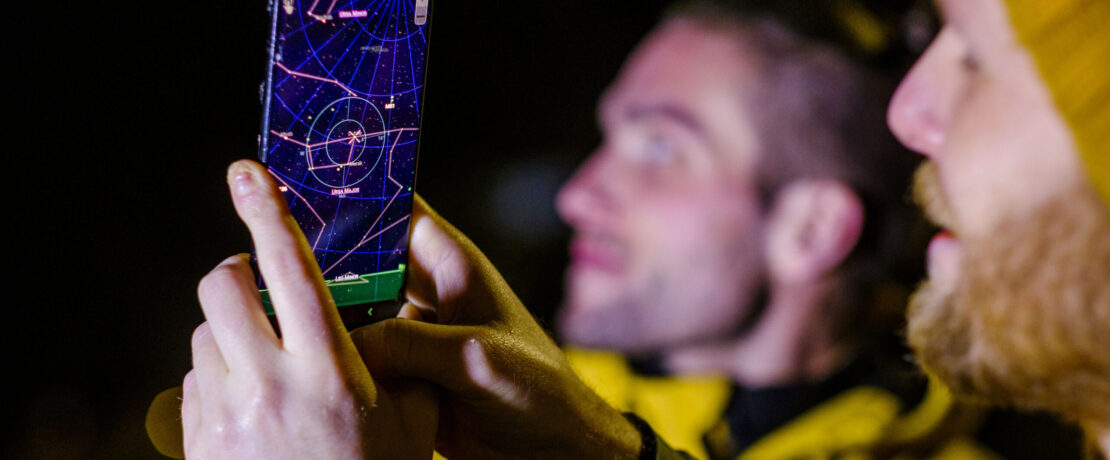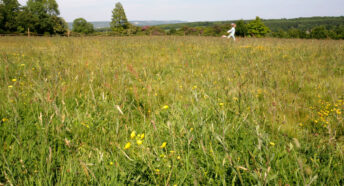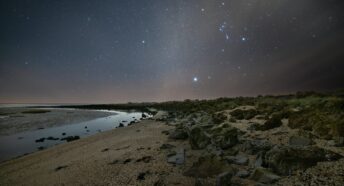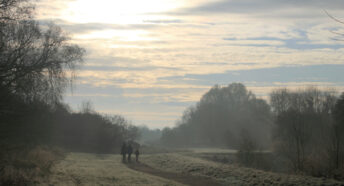An astronomer’s guide to stargazing with the naked eye
There are few things more mesmerising than sitting outside underneath a dark, starry sky.
You may think that you need a telescope to be a stargazer, but that’s not true. There are lots of amazing things you can see with nothing but your eyes, such as constellations, planets, the Milky Way, meteor showers, zodiacal light or even the aurora borealis (northern lights).
1. Keep comfortable and warm
It sounds obvious, but if you are straining your neck and back to look up or if you get cold, you won’t be comfortable outside for very long. Lie on a sun lounger where your neck and back are supported. Even in the summer months it can get cold at night, so dress warmly and take a blanket and hot drink out with you.
2. Be aware of the Moon phase
The Moon is gorgeous but it’s also a huge source of light so it’s not your friend if you’re stargazing. You can check the Moon phases and rise and set times for your location on the Time and Date website or using a smartphone app such as Lunescope. Plan your stargazing session for a time when the Moon is out of the way.
3. Plan your observing goals beforehand
Some constellations or targets are seasonal and are therefore only visible at certain times of the year so make sure you’ve done your research before heading out. You can use the free Stellarium app, star chart or planisphere.
Milky Way
From the UK, the Milky Way is best observed from late spring to early autumn when the whole arch is higher and the colourful region closer to the galactic core is visible. The galactic core is the centre of the Milky Way.
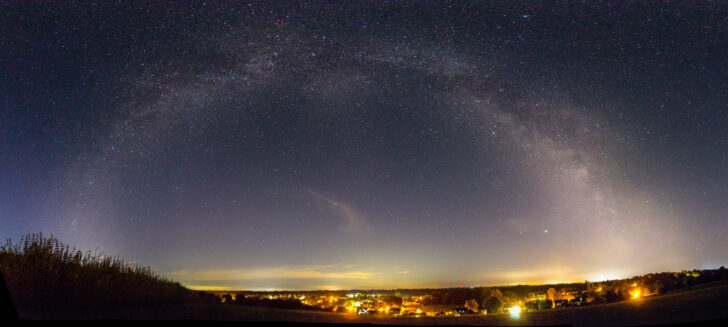
Meteors
Sporadic meteors (shooting stars) can occur at any time but there are several principle meteor showers that occur every year, such as the Perseids in August or the Geminids in December, when you may see many more meteors per hour. The exact date of a meteor shower peak changes from year to year.
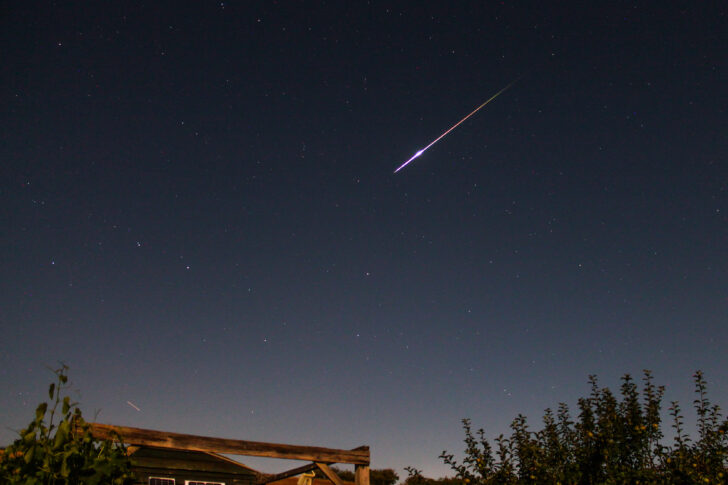
Zodiacal light
The zodiacal light is a faint cone of light caused by sunlight scattering off interplanetary dust. It is best observed from a dark sky location, during spring (in the west after sunset) or during autumn (in the east before dawn).
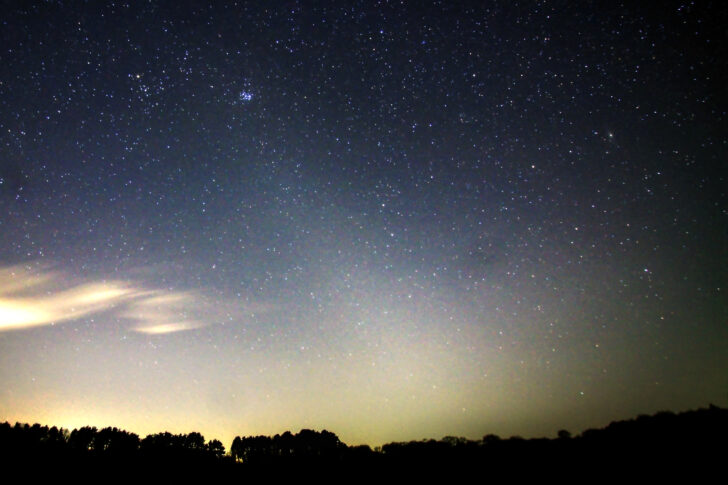
Aurora borealis (northern lights)
Aurora is only visible from the UK when there is a geomagnetic storm but at certain parts of the solar cycle this happens quite frequently, especially in the northern half of the UK. Download a good aurora notification app such as Glendale to alert you when this may be possible. It will usually be quite low in the northern sky and will not look as colourful as photographs suggest.
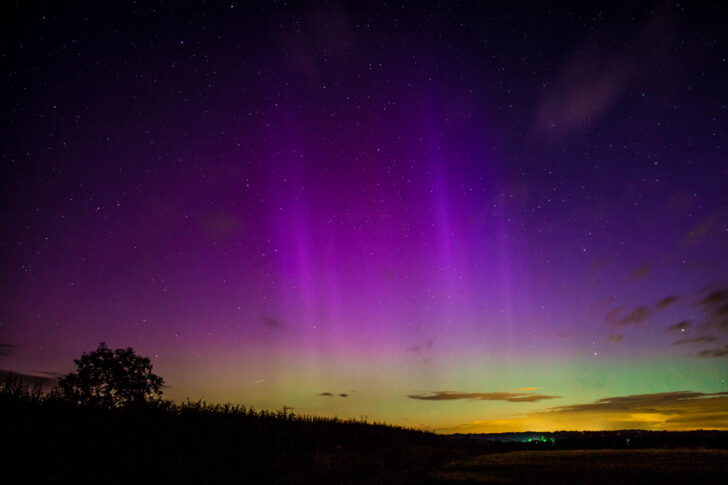
About the author
Mary McIntyre is an award-winning astronomer and astro-photographer. In 2018 she was elected a fellow of the Royal Astronomical Society, and her work has been featured in Sky at Night magazine, as well as the BBC. In 2021 she was awarded the Sir Patrick Moore prize by the British Astronomical Association for her contributions to astronomy outreach.
Let’s rewild dark skies
Fewer things are as magical and inspiring as looking up at the stars in a truly dark sky. At CPRE, we’re calling for the government to tackle light pollution. Artificial light disrupts wildlife, human sleep cycles, and uses energy, contributing to global heating.
By rewilding the night sky, we can boost access to the magic and wonder of dark skies for more people, and help wildlife to thrive. Find out more about our work on dark skies.
